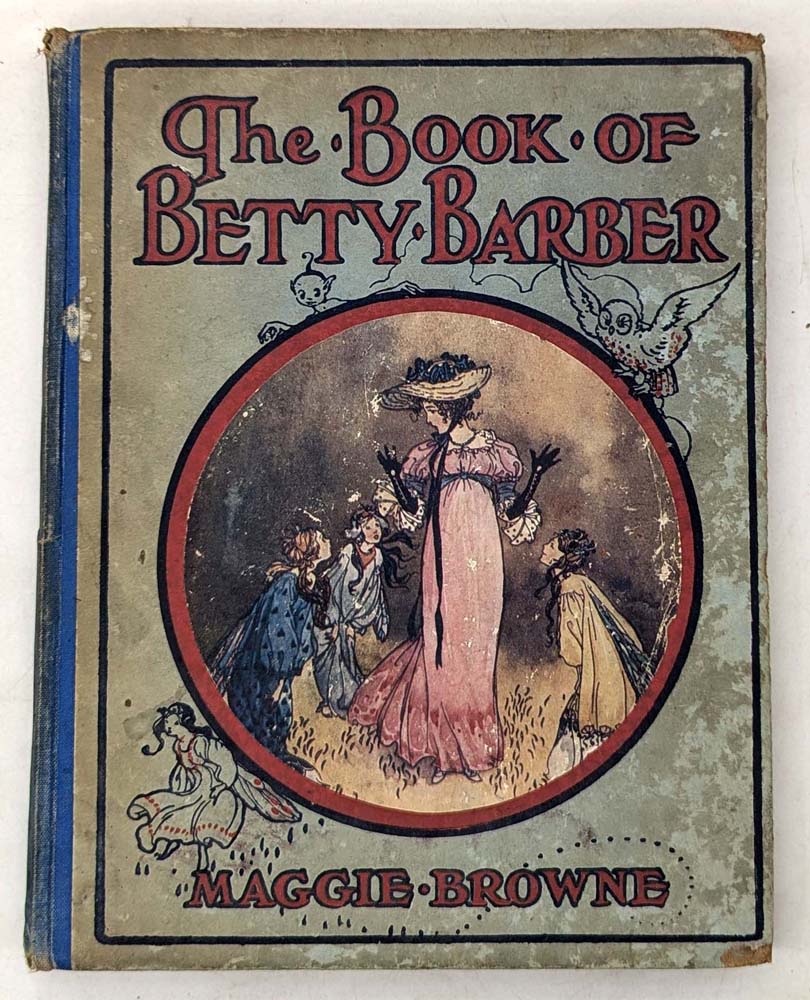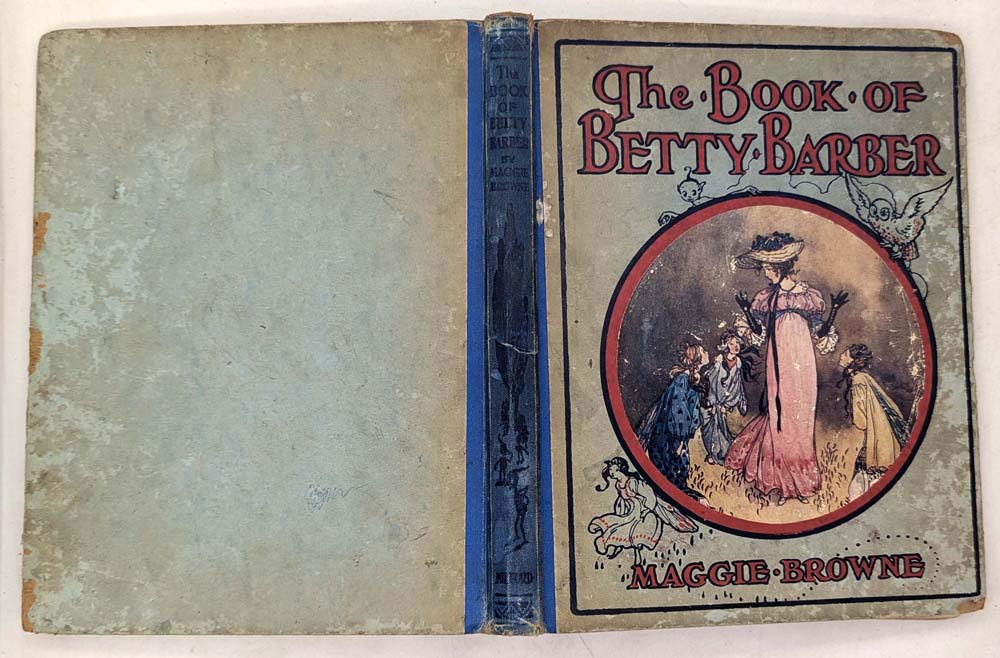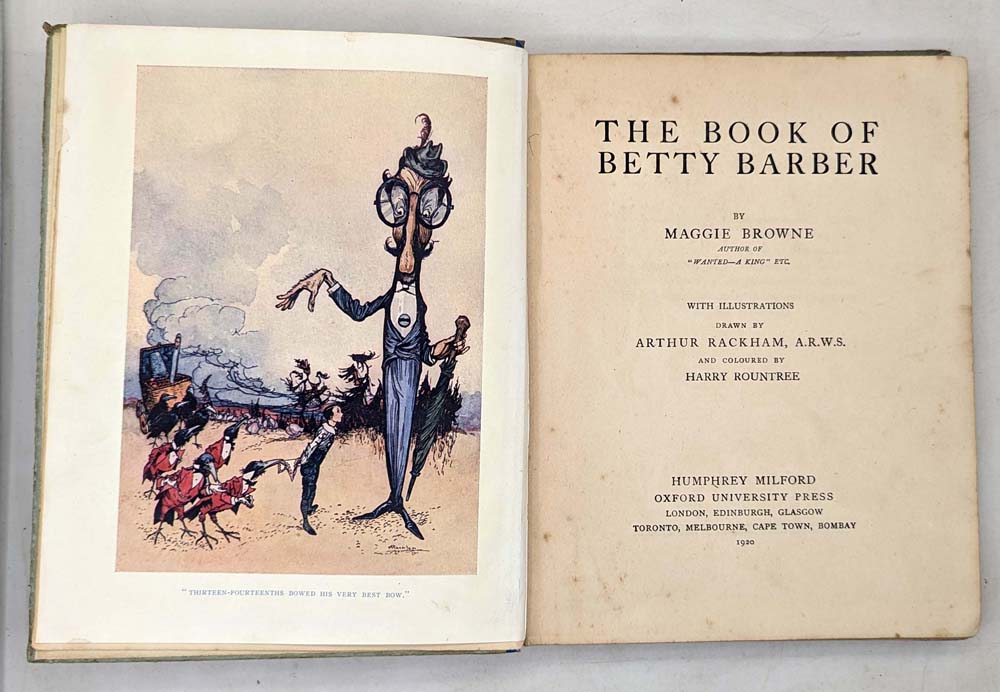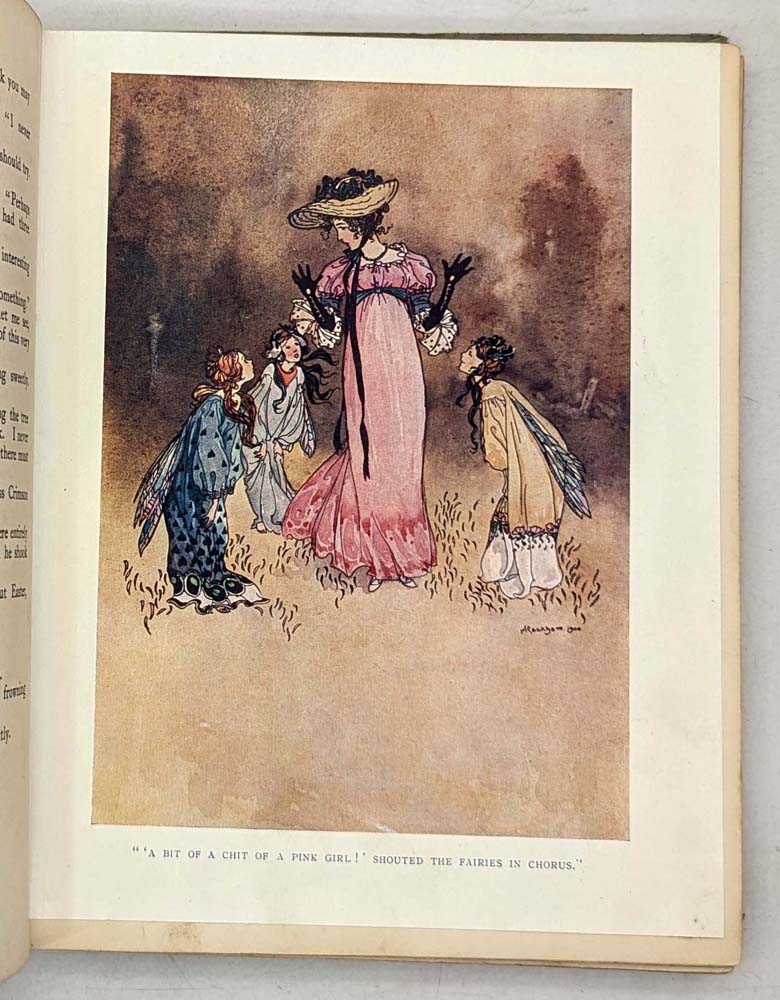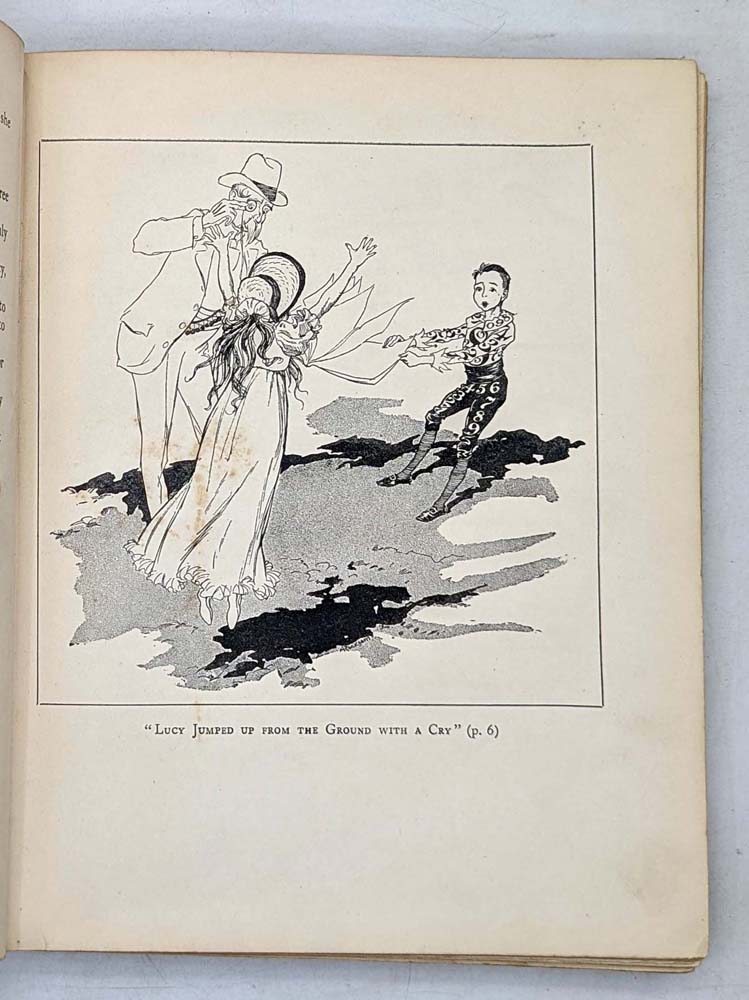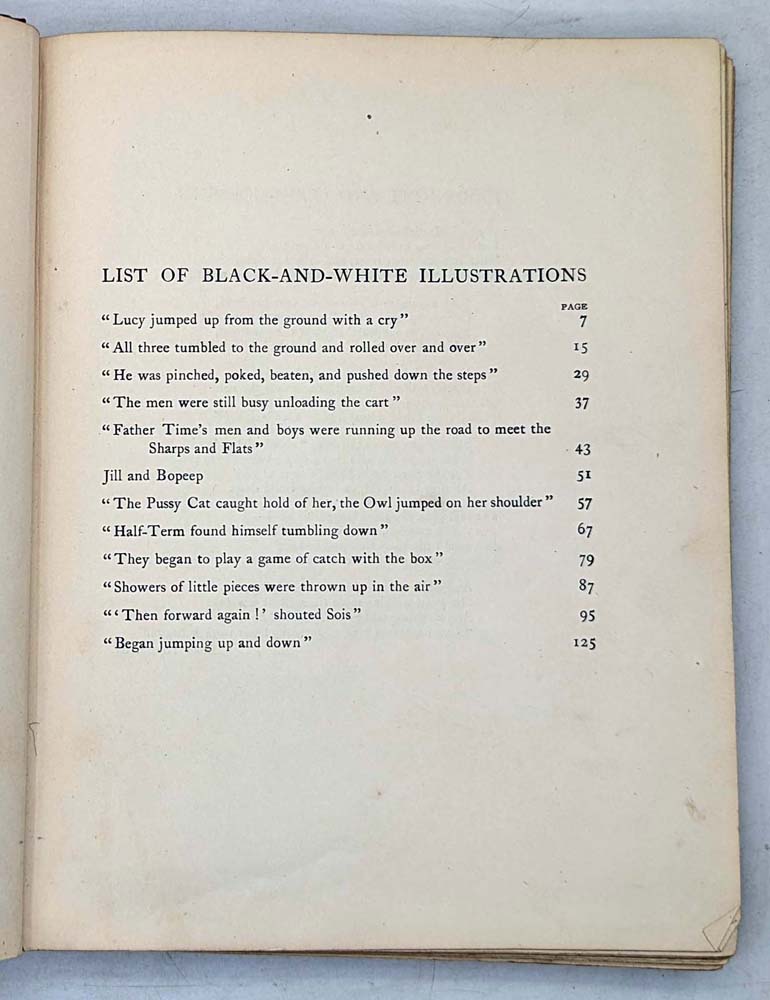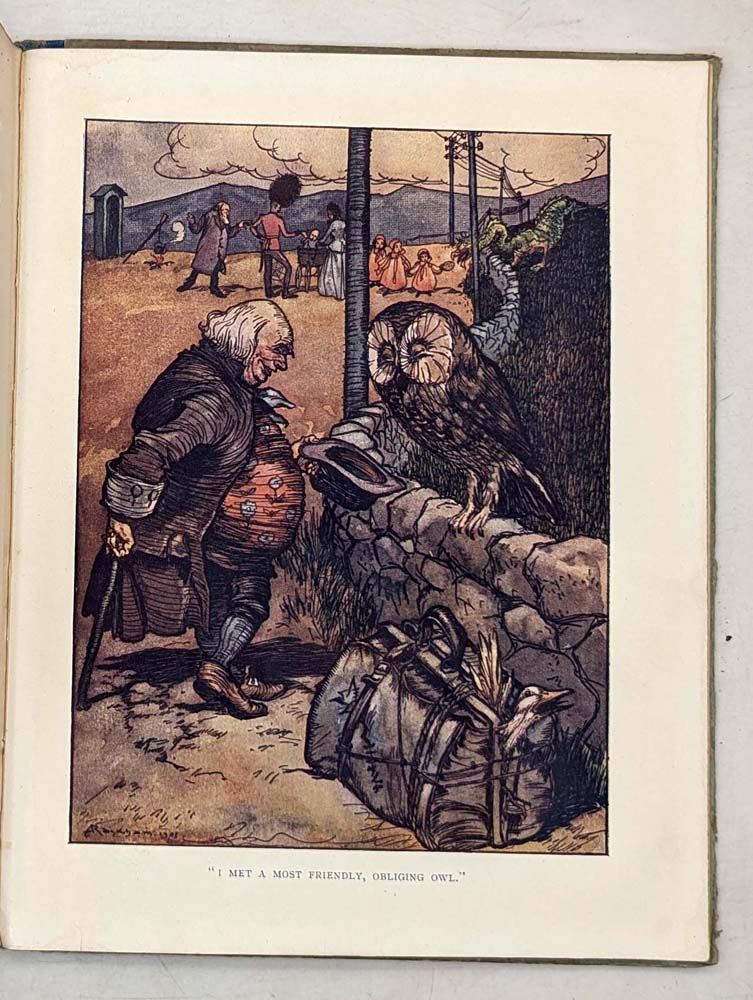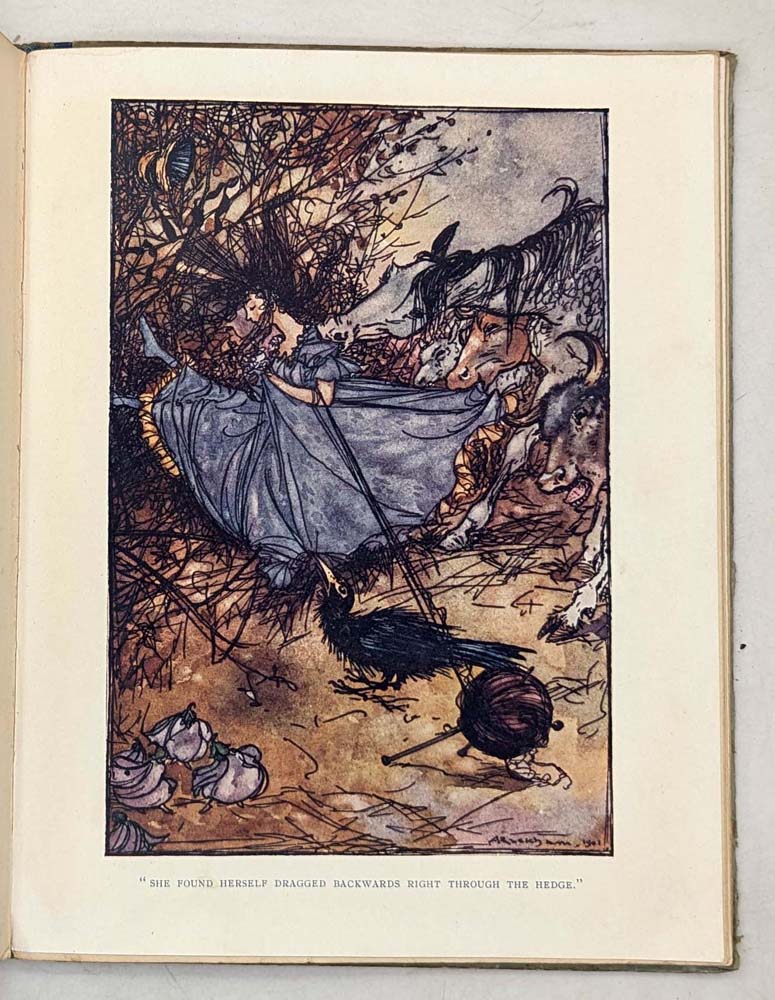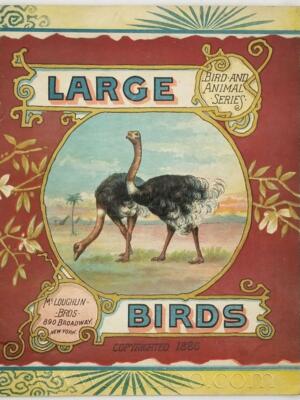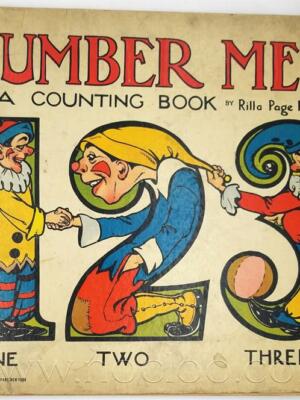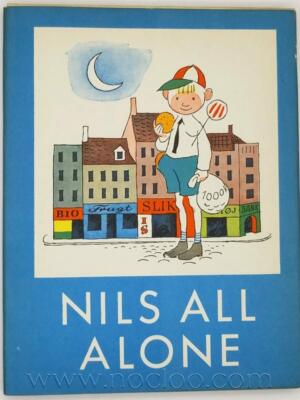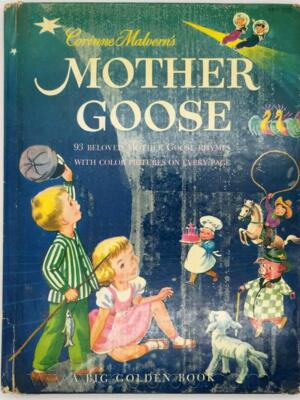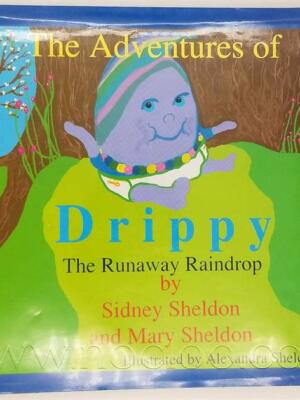The Book of Betty Barber is a children’s fantasy novel written by Maggie Browne (a pseudonym for Margaret Hamer) and first published in 1910. The story is a whimsical and nonsensical tale set in the magical world of Music Land, where characters are based on musical concepts and nursery rhyme figures. The plot follows the adventures of a little girl named Betty Barber and her brother, who become involved in the troubles of the kingdom, which include a rebellion led by the unpleasant character of Mustard Face.
While the imaginative story was popular in its day, the book’s enduring significance and primary claim to fame lie entirely in the contributions of the legendary illustrator, Arthur Rackham. This publication came at the height of Rackham’s golden period, following his famous editions of Rip Van Winkle (1905) and Peter Pan in Kensington Gardens (1906).
Rackham’s illustrations for The Book of Betty Barber are a masterclass in his distinctive style. He filled the book with a series of stunning color plates and numerous delicate pen-and-ink drawings throughout the text. His artwork brings the fantastical characters—from the elegant Music Master to the comically sinister Mustard Face—to life with his characteristic blend of beauty, grotesquery, and exquisite detail. The illustrations are rich with the eerie, enchanted atmosphere that defines Rackham’s finest work, transforming a pleasant children’s story into a visual treasure.
In summary, while Maggie Browne’s story is a charming period piece, The Book of Betty Barber is now remembered almost exclusively as an Arthur Rackham book. It is highly prized by collectors of Rackham’s art for its complete and immersive showcase of his genius, standing as a testament to his ability to elevate a text into a lasting work of art through the power of his imagination and pen.
